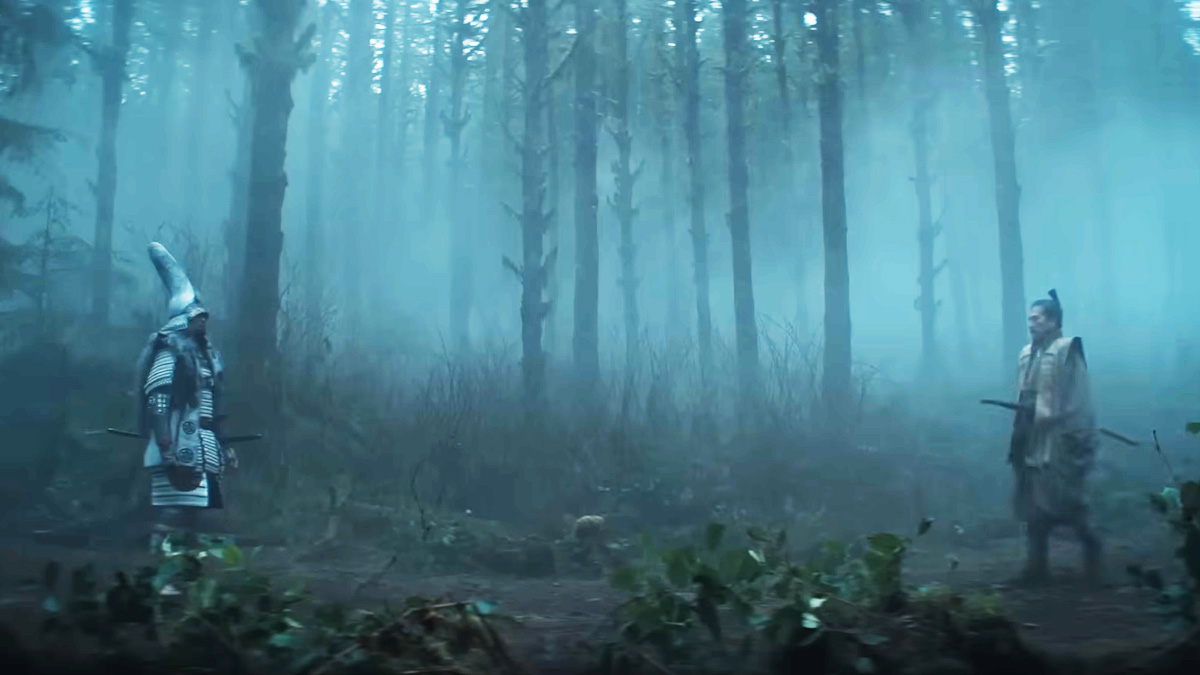Historical dramas usually require a little bit of background knowledge to properly enjoy, and FX’s latest is no exception. The 10-part series Shōgun, based on James Clavells’ novel of the same name leans heavily on Japanese history, specifically that of the Tokugawa period and the age of the shōgun.
Japanophiles and anime lovers might be more than familiar with the prestigious title, but those with no background in Japanese history are likely scratching their heads. What was a shōgun, and how did these military-minded warriors wind up with as much power as the Emperor of Japan himself?
What was a shōgun?
The term shōgun comes from feudal Japan. The full title, Sei-I taishōgun, was gifted to powerful military commanders by the emperor. Roughly translated it means “commander in chief against the barbarians” or “barbarian-quelling general.” The literal translation is “Commander-in-Chief of the Expeditionary Force Against the Barbarians.”
As the name implies, the original shōgun were generals sent to fight rival tribes to the north. There is no consensus among historians on who the first shōgun truly was. Though the title can be found throughout history, the concept of shōgun, as we are familiar with it now, started in 1185 with Minamoto no Yoritomo, and the start of the Kamakura period.
Who was the first shōgun?
The first official ruling shōgun was Minamoto no Yoritomo.
Yoritomo came to power after a brutal civil war. His clan, the Minamoto, rebelled against the wealthy and powerful Taira family. Despite infighting within his clan and formidable odds, Minamoto prevailed and defeated the reigning family. Once the clan was victorious, Yoritomo quickly destroyed his opposition – including his brothers and cousins – and placed his most trusted advisors in tactical locations across the country.
He gave them large plots of land and control over the local peasants. Some were jito, feudal lords who collected taxes from peasants and maintained the lands. Others were shugo, military constables responsible for policing vassals and dealing out justice. His strongholds weakened the already crumbling government and when the reigning emperor died, the cloistered emperor – a royal turned monk – bequeathed him the title. There is some dispute over this, however, other sources say Minamoto declared himself seii taishōgun.
The shōgun was meant to control the military but leave the emperor in control of the government. Over the 600 years that the shōgunate spanned, however, military might became the primary power. Emperors were still considered sovereign, but their position was more symbolic than authoritative, instead, much of the ruling power lay in the hands of the shōgun.
What did shōgun mean in the 1600s?
The Shogunate lasted for more than 600 years, and it changed as shōgun and their vassals gained power. The title was typically passed down through families – though it was passed from clan to clan through violence. Fx’s Shōgun is set in the 1600s during the Ashikaga Shogunate. The Ashikaga Shogunate was weak, it lacked land and leaned heavily on the loyalty of jito – which had shifted into something much more dangerous to their feudal lords.
The jito amassed more and more power through the centuries, becoming daimyo. Daimyo controlled large swaths of land, meaning they had more resources and, more importantly, more samurai. When the Ashikaga collapsed, the powerful daimyo rushed to fill the power vacuum. They clashed constantly, absorbing their defeated foes’ lands and peasants in what was called the “Warring States period.”
While samurai warlords fought for land, the common folks rebelled. Recent technological advancements had allowed some in the lower class to amass wealth, but money meant little without a prestigious title, like Samurai. The shogunate had class systems that squashed those that weren’t samurai. At the top were the Samurai, below them were farmers and peasants, artisans, and merchants, and at the bottom were the untouchables. Famine and steep taxes had squeezed the common folk, and the shogunate was unable to control the fighting among the daimyo, let alone the peasants.
Shōgun’s daimyo Yoshi Toranaga (Hiroyuki Sanada), is based on the very real Tokugawa Leyasu. A formidable man, Tokugawa was one of three daimyo responsible for unifying the country under one banner – a process that took 100 years to achieve. After years of brutal fighting, Tokugawa established the stable Tokugawa Shogunate and brought peace to Japan for 200 years.
The era of the shōgun ended with the dissolution of the Tokugawan government and the formation Meiji Government (any Rouroni Kenshin fans will recognize the name) after the American Commodore Mathew Perry arrived 1853. By 1868, Japan had moved away from the feudal system and with it, samurai and shōgun.
